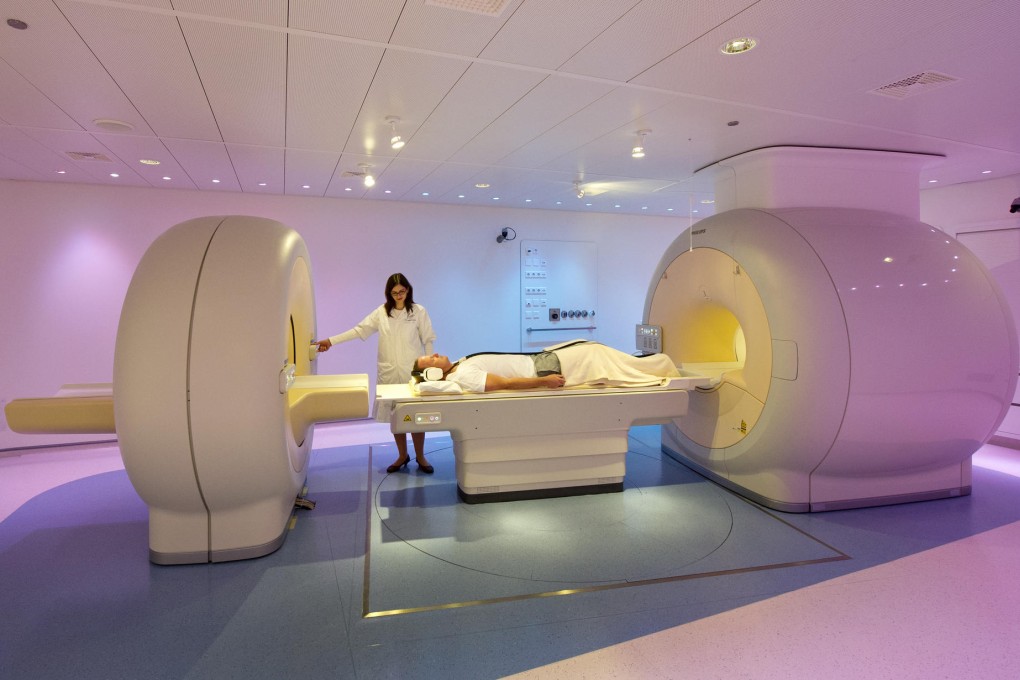Medical imaging is a vital diagnostic tool, but runs risk of 'false positives'
Medical imaging is a vital tool for the diagnosis of ailments and can help save lives with early detection. But the flip side is a far greater risk of 'false positives', writes David Tan

Following the discovery of X-rays by physicists in 1895, doctors found that this form of electromagnetic radiation could be used to create images of internal structures within our body. Nowadays, there are a plethora of tools on hand to peer at our insides to assess our health, including 3-D imaging such as computed tomography (CT), magnetic resonance imaging (MRI), and ultrasound.
As medical imaging technology keeps improving, and is being used more often for purposes such as cancer screening. Campaigns keep telling us that early detection saves lives, but is this always the case?
We found the PET/MRI enhanced our ability to detect malignant areas
Breast cancer is the most common cancer that affects women in Hong Kong, according to the Hong Kong Breast Cancer Foundation. It cites statistics that show a doubling of female breast cancer diagnoses from 1993 to 2010. On average, eight women are diagnosed with breast cancer every day.
Mammography is a form of X-ray imaging used for screening and detection of masses or calcifications that might indicate breast cancer. The foundation recommends mammography screening every two years for women aged 40 and above, as part of a three-step regimen for early detection of breast cancer.
The survival rate is much higher if cancer is detected early, so early diagnoses can save on medical costs and reduce the impact on the patient.
But the flip side is a risk of over diagnosis. A report from the US in 2010 found that while screening mammograms helped save lives, five to 15 times the number of women were actually unnecessarily diagnosed and treated for cancers that were harmless.